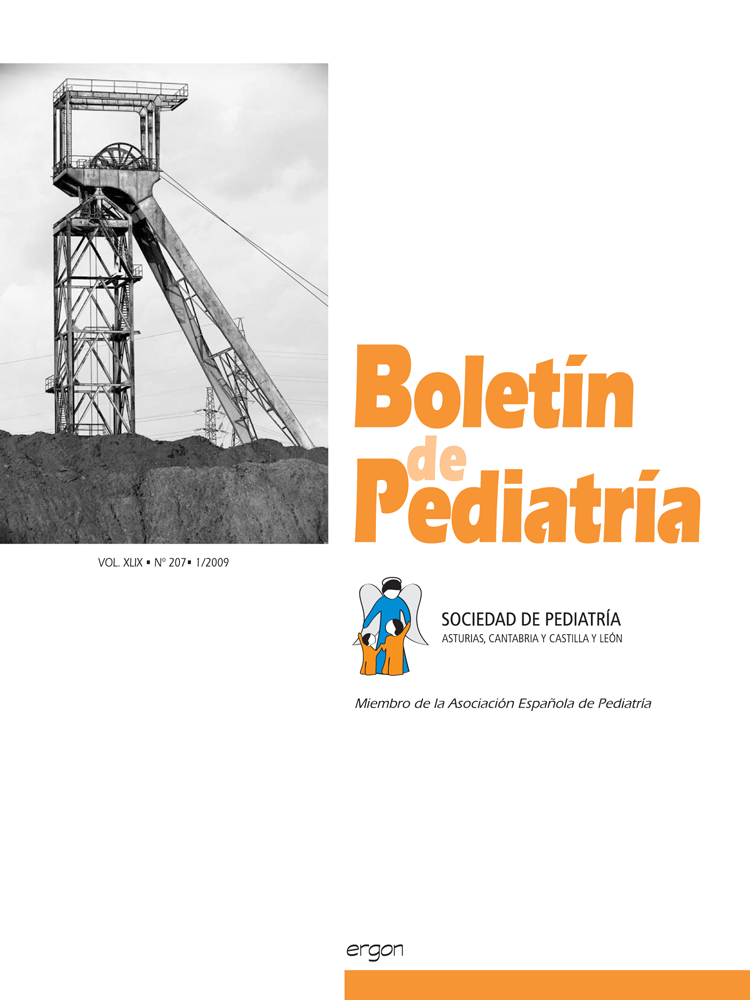Abstract
Introduction: Diagnosis of wheezing syndromes is usually made on clinical grounds. Oxygen therapy and hydration are the mainstay of treatment while drug therapy is controversial.
Objective: to assess the variability in the diagnostic and therapeutic approach to infants with a first episode of wheezing at a single institution.
Subjects and methods: Prospective observational study. Infants younger than 2 years admitted to our hospital in a 12-month period for a first episode of wheezing were included. Data on laboratory and radiological studies, hospital treatment and treatment at discharge were collected. A descriptive analysis and a comparison among groups, Respiratory syncitial virus (RSV) positive vs RSV negative, and
younger vs older than 6 months, were performed.
Results: Virologic tests for RSV were performed in 83% of the cases, radiological studies in 67% and blood was drawn for analysis in 46%. Salbutamol, followed by oral corticosteroids, were the drug therapies most commonly used. Epinephrine was used more frequently in RSV-positive infants (24.5% vs 11.1%; p< 0.05). Corticosteroids were used more frequently in infants older than 6 months (67.7% vs 22.9%; p<0.001) and epinephrine use was more frequent in the group of infants younger than 6 months (22.9% vs 1.4%; p<0.01).
Conclusions: Ancillary tests are frequently performed. Epinephrine is used more frequently in RSV-positive infants and in children younger than 6 months, while oral corticosteroid use is more frequent among older infants.

This work is licensed under a Creative Commons Attribution-NonCommercial 4.0 International License.
Copyright (c) 2009 Boletín de Pediatría
